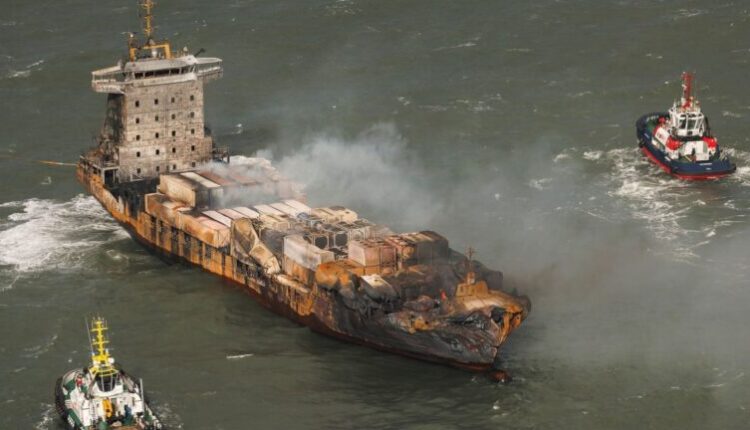SEA News – International Service Investigation into the Collision of Stena Immaculate and Solong in the North Sea Continues
The investigation into the collision between the two vessels, Stena Immaculate and Solong, in the North Sea is still ongoing. This incident, which occurred around 11 a.m. Central European Time near the coast of Yorkshire, UK, has once again raised serious questions about the effectiveness of maritime safety technologies and compliance with navigation standards.
Examining the Incident and Its Initial Consequences
The container ship Solong collided with the oil tanker Stena Immaculate, which was under a U.S. charter. Following the incident, British authorities arrested the captain of Solong on charges of gross negligence manslaughter.
The UK’s Marine Accident Investigation Branch (MAIB) has stated that its investigation will focus on navigation methods, crew fatigue management, the technical condition of the vessels, and the weather conditions at the time of the accident.
The Role of Maritime Safety Technologies in Preventing Collisions
1. Automatic Identification System (AIS) and Its Deactivation Possibility
One of the most crucial tools for preventing maritime accidents is the Automatic Identification System (AIS). According to the International Maritime Organization (IMO) regulations, AIS is mandatory for all commercial ships with a gross tonnage exceeding 300 tons. This system continuously transmits data such as geographical position, speed, and course of the vessel.
However, some experts argue that AIS has a fundamental weakness: it can be manually deactivated by the crew. As a result, if one or both vessels had turned off their AIS at the time of the collision, their movement data would not be available for that period. Authorities have not yet confirmed whether the AIS systems of the two ships were active at the time of impact.
2. Marine Radar and Captains’ Responsibility in Identifying Hazards
Radar systems are also key technologies in preventing maritime collisions. These systems use electromagnetic waves to determine the distance, speed, direction, and position of other vessels.
According to the International Regulations for Preventing Collisions at Sea (COLREGs), if a vessel detects a collision risk based on its radar data, it must take preventive measures as quickly as possible.
However, it remains unclear whether both ships were using their radar systems at the time of the accident and whether the data from these systems alerted the crew to the imminent danger.
3. Navigation Lights and Audible Warning Signals
According to IMO standards, vessels must keep their navigation lights on at night to be visible from at least three nautical miles (5.5 km). Additionally, in case of an imminent collision risk, ships can use fog signals to alert the approaching vessel.
4. Emergency Radio Communications (VHF – Channel 16)
In emergency situations, captains can use VHF Channel 16 to communicate and warn each other about potential collisions. Experts believe that the absence of radio communication between the two ships before the accident is unusual and noteworthy.
Technical Malfunction or Human Error?
Despite the existence of multiple safety systems, the collision between these two ships suggests that either these technologies failed or they were not used effectively.
As the official investigation continues, the key question remains: Was human error the primary cause of this accident, or did technical failures and inadequate enforcement of safety standards also contribute to the incident?

